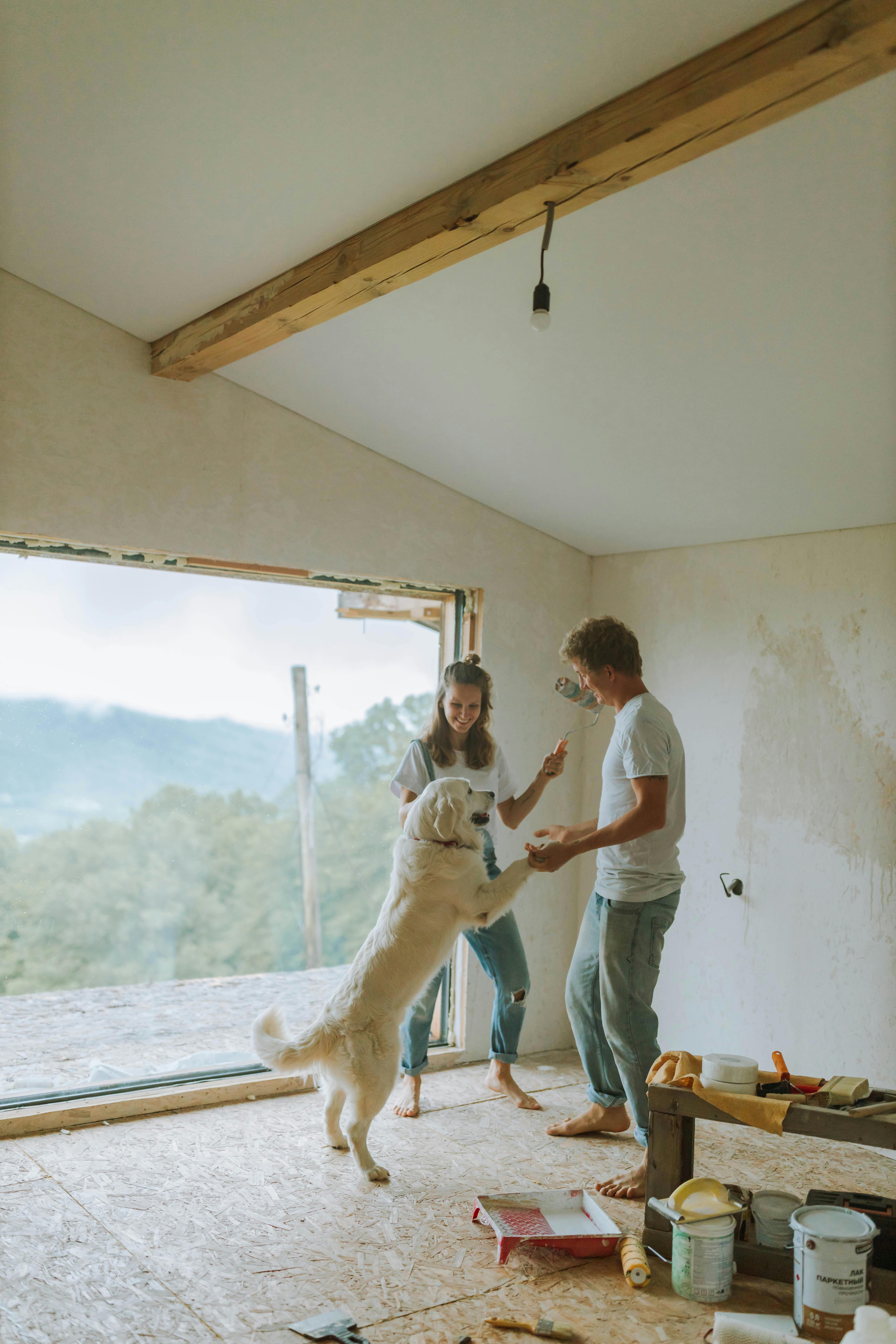
Why Iron Is Wreaking Havoc on Thousands of U.S. Homes
Across the country, homeowners on well water are dealing with a menace that silently eats away at plumbing, leaves behind orange stains, and gives water a harsh, metallic flavor — iron contamination. It’s more than just a nuisance.
Iron-laced water leads to: Resource: Well water treatment by SoftPro
Clogged pipes and faucets
Destroyed water heaters and dishwashers
Yellowing clothes and ruined laundry
Bacterial buildup in toilet tanks
Unpleasant taste and odor
While generic filters struggle to cope, the SoftPro Iron Filter was engineered to eliminate these problems at the source.
Certified Clean: Built to Outperform and Outlast
The SoftPro Iron Filter is fully certified to meet NSF International, ANSI, and EPA drinking water standards. Designed for both private well owners and commercial water applications, it handles more than just basic filtration. This premium system tackles: More Information: (
)
Ferrous and ferric iron
Hydrogen sulfide odors
Manganese staining
Cloudy or acidic water
Iron-loving bacteria that breed in tanks and lines
It’s the trusted choice in schools, restaurants, off-grid cabins, and family homes across the United States.
A Premium Brand with a Singular Mission: Total Iron Elimination
SoftPro’s Unmatched Approach to Iron Filtration
Where other filters rely on disposable cartridges or basic media, SoftPro developed a multi-phase filtration system specifically for high-iron water.
This isn’t a “catch some and hope” solution. It’s an active filtration powerhouse, using intelligent design and long-contact media chambers that trap, oxidize, and remove iron and manganese before they ever reach your fixtures.
Each SoftPro Iron Filter is built with precision programming, smart maintenance alerts, and flow-optimized performance for today’s homes.
The One Comparison That Says It All
Systems from brands like GE Appliances and SpringWell often advertise iron removal, but few can maintain long-term efficiency without massive pressure drops or premature media failure. SoftPro handles tough iron loads without slowing your system or wrecking your water pressure.
Its advanced backwash scheduling and media regeneration cycle make it perfect for high-demand households, shared well systems, or commercial buildings.
What Craig the Water Guy Says About the SoftPro Iron Filter
Expertise You Can Trust from a National Water Treatment Specialist
Craig Phillips, also known as Craig the Water Guy, has helped thousands of Americans test, install, and maintain high-performance filtration systems. His verdict?
“Iron is one of the trickiest water contaminants to treat. Most systems weaken over time. The SoftPro Iron Filter not only keeps up — it gets stronger. It’s the only unit I’ve seen that consistently handles iron, sulfur, and manganese without compromise.”
From urban water supplies to rural farms, Craig recommends SoftPro for people who want reliable, maintenance-friendly protection — without costly downtime or performance loss.
Who Benefits from the SoftPro Iron Filter?
Designed for Demanding Homes and Properties
This system is a perfect fit for: More Information: (
)
Well water homes with iron, manganese, or sulfur issues
Parents worried about stained tubs and bad-tasting water
DIYers who want a plug-and-play, smart-controlled solution
Contractors and facility managers needing a reliable workhorse
Survivalists and off-grid homeowners who demand long-term durability
Real estate agents and landlords who need clean water fast
The system integrates easily with reverse osmosis setups, whole house softeners, UV sterilizers, and chlorine injection systems for full-spectrum water treatment.
Frequently Asked Questions
What does the SoftPro Iron Filter remove?
It removes dissolved iron, oxidized iron, manganese, hydrogen sulfide, and iron bacteria. It also clears out sediment, odors, and discoloration.
Can this be used with existing water softeners?
Yes. It’s designed to work in tandem with SoftPro water softeners, whole house systems, and under-sink filters for full system coverage.
What kind of maintenance is required?
Minimal. The system’s smart valve handles backwashing and alerts you when it’s time for media refresh or inspections.
The Final Word: Iron-Free Water Starts with SoftPro
The SoftPro Iron Filter isn’t just a filtration unit — it’s a statement. A declaration that your water should be safe, clean, and iron-free. Where most brands offer quick fixes, SoftPro delivers long-term performance with smart design, elite filtration, and zero compromise.
If you’re serious about eliminating iron and restoring confidence in your water supply, this is the filter that finally delivers on every promise